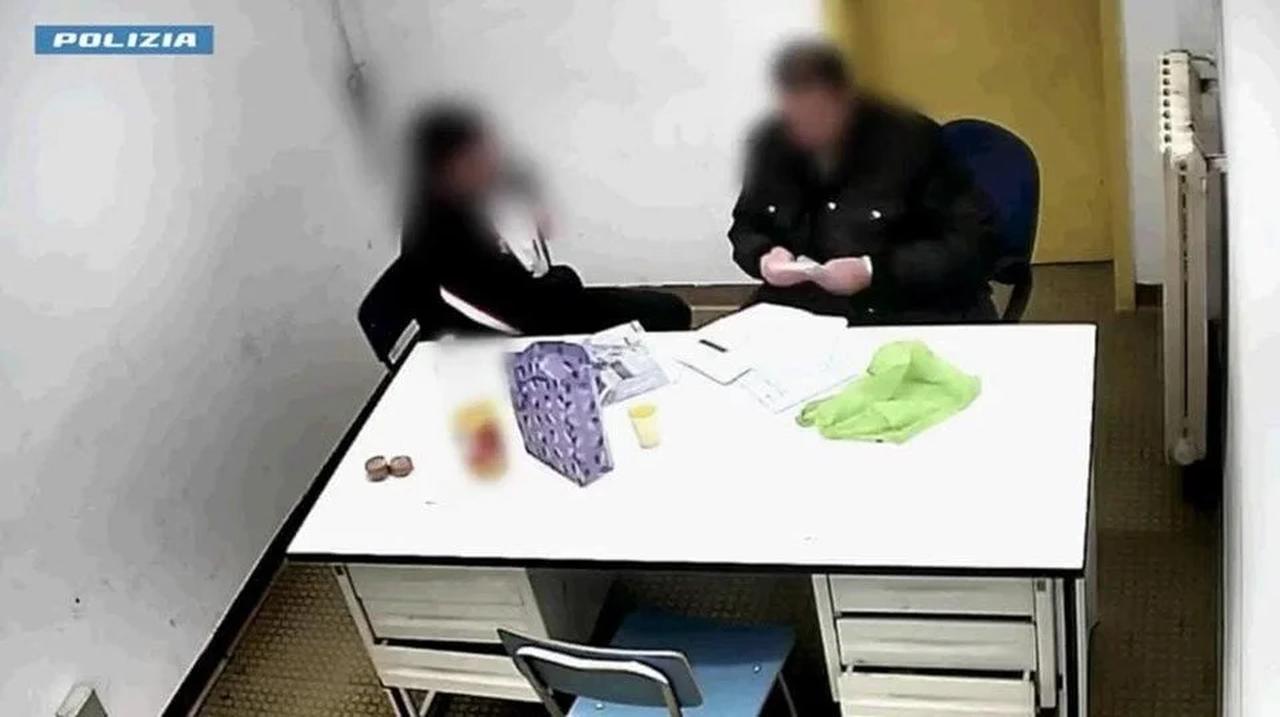
Italian authorities have uncovered the encrypted communication method used by jailed gang leader Baris Boyun to command his criminal network spanning from Türkiye to Italy. Investigators identified the system as a replica of the "Pizzini" technique once employed by notorious Cosa Nostra boss Bernardo Provenzano.

Boyun, currently imprisoned in Italy, reportedly sent cryptic orders to his organization using hand-written notes passed through his brother-in-law, Efe Kantik. Security camera footage inside the prison captured Kantik receiving these "Pizzini" notes, which are written using a Caesar cipher—a method dating back to ancient Rome.
Italian police acted swiftly, detaining Kantik last week. Authorities suspect the notes were intended for key operatives within Boyun's Türkiye-based network.

The technique mirrors that used by the Sicilian Cosa Nostra in the 2000s, when Bernardo Provenzano relied on the same style of coded notes to maintain control while incarcerated. Like Provenzano, Boyun appears to have used Caesar-style encryption, shifting letters in the alphabet to conceal messages.
This discovery deepens concerns over how criminal organizations exploit outdated but effective cryptographic techniques to evade surveillance even in highly secure environments.
Efe Kantik, who was residing in Italy prior to his arrest, is wanted in Türkiye on a long list of charges including arms trafficking, drug smuggling, money laundering, aiding illegal migration, document forgery, and murder.
He is now at the center of an international investigation, suspected of acting as the primary link between Boyun and the wider criminal network operating across borders.